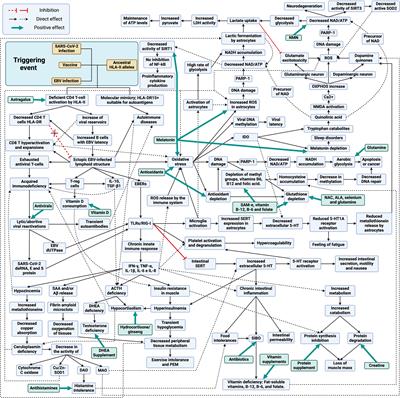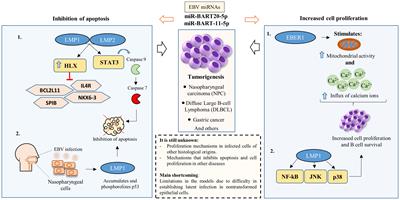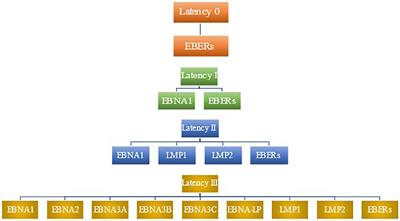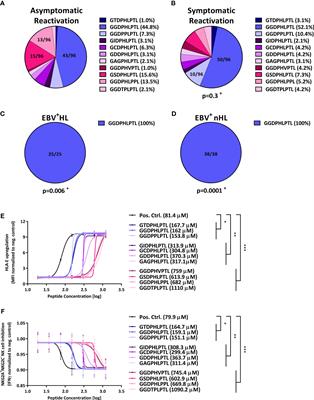ORIGINAL RESEARCH
Published on 29 Nov 2024
Entry into the lytic cycle exposes EBV-infected cells to NK cell killing via upregulation of the MICB ligand for NKG2D and activation of the CD56bright and NKG2A+KIR+CD56dim subsets
doi 10.3389/fimmu.2024.1467304
- 799 views




